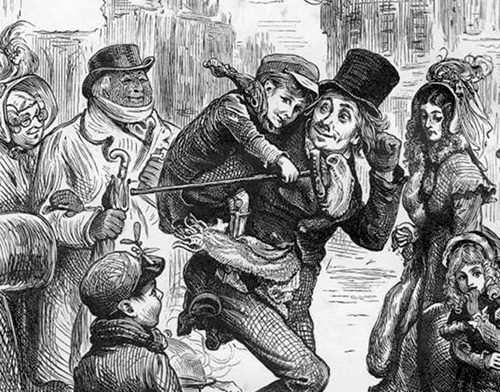

Christmas (in old English, Cristes maesse) commemorates the Incarnation of the Word of God in the birth of Jesus Christ. In the Book of Common Prayer, Christmas Day is one of the seven principal feasts. It is also called The Nativity of Our Lord Jesus Christ.
Trinity on the Hill will celebrate through our regular Sunday services, at 8 am and 10:30 am, and these additional services.
| Sunday, December 7, 6 pm | Service of Advent Lessons and Carols (watch recording) |
| Wednesday, December 24, 5 pm | Christmas Pageant and Family Communion |
| Wednesday, December 24, 10 pm | Carols for the Christ Child and Midnight Mass with Incense |
| Thursday, December 25, 10 am | Christmas Day Holy Communion |
| Sunday, December 28, 10:30 am | Only one service |
| Tuesday, January 6, 6 pm | Epiphany Service followed by potluck supper |
The Christmas season lasts twelve days, through Epiphany on January 6. The season includes Christmas (beginning at sundown the evening before), the First Sunday after Christmas Day, or the Holy Name of Our Lord Jesus Christ, and the Second Sunday after Christmas Day.
According to the Philocalian calendar, Christmas was first celebrated in Rome in the year 336. It gradually spread to the churches of the east, which already had a festival on January 6 commemorating the manifestation of God in both the birth and baptism of Jesus.
The customs associated with Christmas have developed from many sources. From early days the popular observance of Christmas was marked by the joy and celebration characteristic of the Roman Saturnalia and the pagan festivals which it replaced. It came to include the decoration of houses with greenery and the giving of gifts to children and the poor.


In Britain other observances were added including the Yule log and Yule cakes, fir trees, gifts, and greetings. Fires and lights (symbols of warmth and lasting life) and evergreens (symbols of survival) were traditionally associated with both pagan and Christian festivals. Their use developed considerably in England with the importation of German customs and through the influence of the writings of Charles Dickens.
